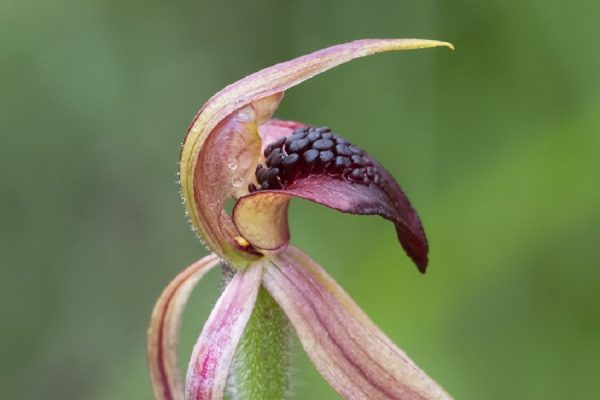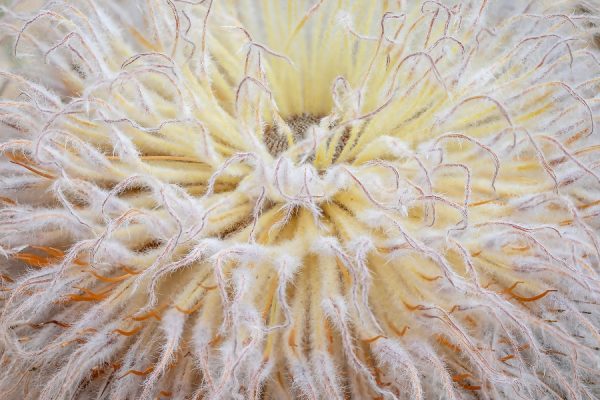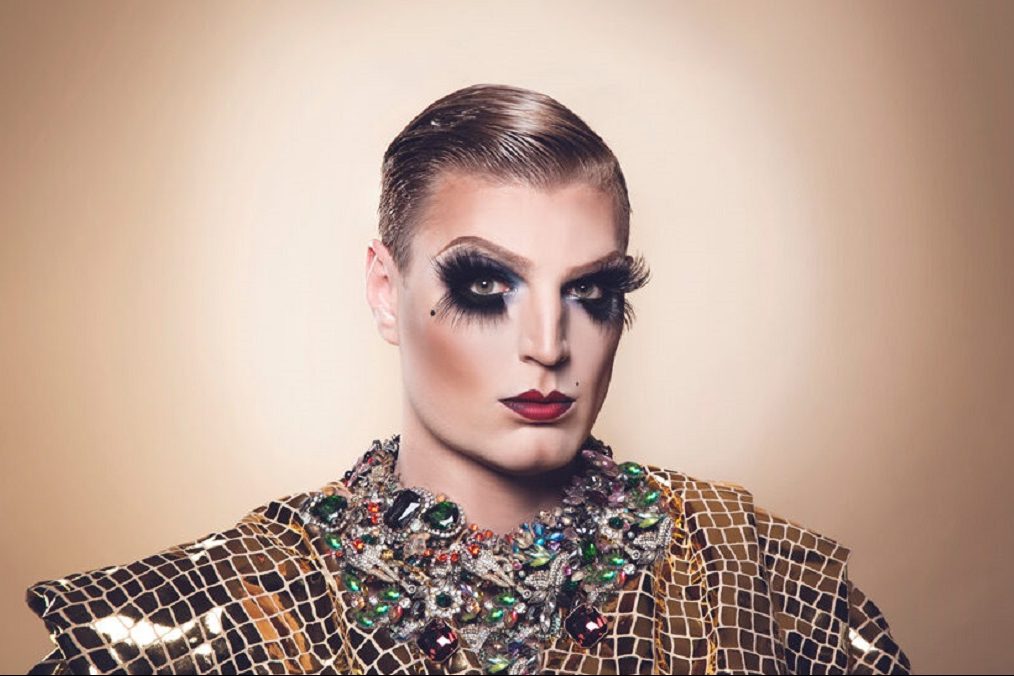
Photography / “Recovery”, Australian National Botanical Gardens Visitor Centre, until December 12. Reviewed by CON BOEKEL
A BUST of Sir Joseph Banks “patron and naturalist” nestles quietly in a grove of Banksias adjacent to the Australian National Botanical Gardens Visitor Centre.
In the Centre, “Recovery” is a photographic exhibition celebrating the 251st anniversary of the visit of Banks, with Capt Cook, to the eastern shores of our continent. “Recovery” also celebrates the 71st anniversary of the Gardens and the 51st anniversary of the Friends of the Gardens. Why the odd years? Covid!
The 48 prints in the exhibition are largely of plants and animals photographed in the Gardens by around 20 members of the Friends Photography Group. The geographic scope had to be expanded because of covid.
It is a challenging exhibition to review because 20 individuals have contributed to it – each driven by separate aspirations and by individual aesthetics. Going in, I wondered whether the exhibition would hang together, whether the largely amateur photographers would generate consistent quality, and whether the exhibition as a whole would be bigger than the sum of the parts.

The bias in the prints is towards tack sharpness in the detail. There is no particular rule that says that natural history images must be tack sharp. But most nature photographers strive for this outcome. In the tradition of Banks, and of scientific drawing, the sharpness is apt. The deft ways in which the photographers have maximised their available depth of field is critical here.
The photographers have zoomed in and zoomed out to good effect. Graham Gall’s close crop of Eucalyptus macrocarpa in “Mottlecah” gives an almost abstract outcome. Helen Dawes takes an effective step back in “Fantasy” – a beautiful image of a tree fern backlit through mist spray.
Some of the flower heads are shown many times their natural size. This requires considerable technical skill. The details don’t fall apart. Any noise has been cleaned up. They have the technical accuracy of scientific drawing combined with the glorious living colours of the real thing.
The subjects are generally well balanced in the frame. The better images integrate leaves into the pictorial designs. Banksia species in particular seem to specialise in leaves with a strong design element. Negative space is generally well handled. Vignetting is used to good effect, as in Dave Bassett’s “Feeding Gang-Gang”. Jim Gould’s use of a black background strengthens the pictorial focus on the flower head in “Grevillea rivularis” – a species that may become extinct.

There are several prints I would not have hung because they are out of focus or perhaps because the printed outcome is more ambitious than the capture allows for. This leaves around 44 high-quality outcomes. The best images are those where the photographers, either deliberately or intuitively, have enabled the plants and animals to make the running.
The exhibition is curated into four parts. “Banksia”, “vulnerable and endangered”, “plants” and “wildlife”. Category award winners respectively are Pam Rooney for “Woolly Banksia”, Bill Hall for “Thick-lip Spider Orchid”, Ulli Brunnschweiler for “Acaci pravissima” and Dave Bassett for “Imperial Jezebel”. The Jezebel is a butterfly, not a courtesan. All up, the judges have made nine awards. Visitors are encouraged to vote for the People’s Choice Award.

Banks is one of those figures in Australian history who needs a somewhat schizoid approach to be properly appreciated. He discovered 1400 plants, many of them Australian. Banks was also an advocate for the invasion. Not by coincidence, there is a near total lack of indigenous plant and wildlife names in “Recovery”. Banks was a wealthy aristocrat. “Recovery” is an exuberant, joyful and beautiful expression of a massive change in our society. Photography has facilitated the democratisation of botanical art and of citizen science.
Does “Recovery” hang together? Yes. The beauty of the subjects, the high level of photographic skills, good taste, and good curation combine to deliver an aesthetically pleasing result. It is community resilience in action. It lifts the spirit.
I imagine that Sir Joseph would have enjoyed this exhibition immensely.
Who can be trusted?
In a world of spin and confusion, there’s never been a more important time to support independent journalism in Canberra.
If you trust our work online and want to enforce the power of independent voices, I invite you to make a small contribution.
Every dollar of support is invested back into our journalism to help keep citynews.com.au strong and free.
Thank you,
Ian Meikle, editor




Leave a Reply